It’s a pretty satisfying feeling when your kitchen scraps give you something back, like fresh scallions from last week’s trimmings or celery re-sprouting from the base you almost threw away. Regrowing vegetables isn’t just a fun experiment; it can actually stretch your grocery budget and reduce food waste without much effort.
Still, not everything you toss in water or soil is going to grow. Some vegetables just don’t have it in them to come back once they’ve been harvested. Knowing the difference can save you time, space, and disappointment. Here’s a look at the ones that reliably regrow and a few that just won’t cooperate no matter how hopeful you are.
Green Onions
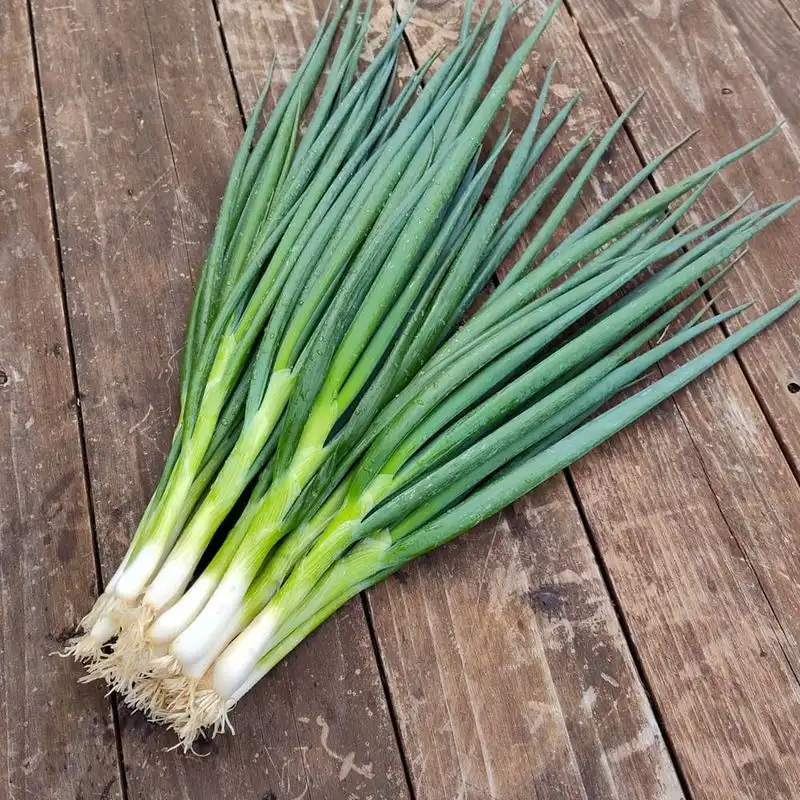
Green onions are one of the easiest vegetables to regrow from scraps. Simply place the white root ends in a glass of water, and within days, you’ll see green shoots emerging. Their rapid growth and fresh flavor make them a kitchen favorite.
Slice them for salads, or use them as a garnish. Regrowing green onions is a fun project for kids, teaching them about plant life cycles.
Try it yourself, and you’ll never need to buy green onions again! A simple windowsill can supply endless fresh greens. How rewarding!
Celery
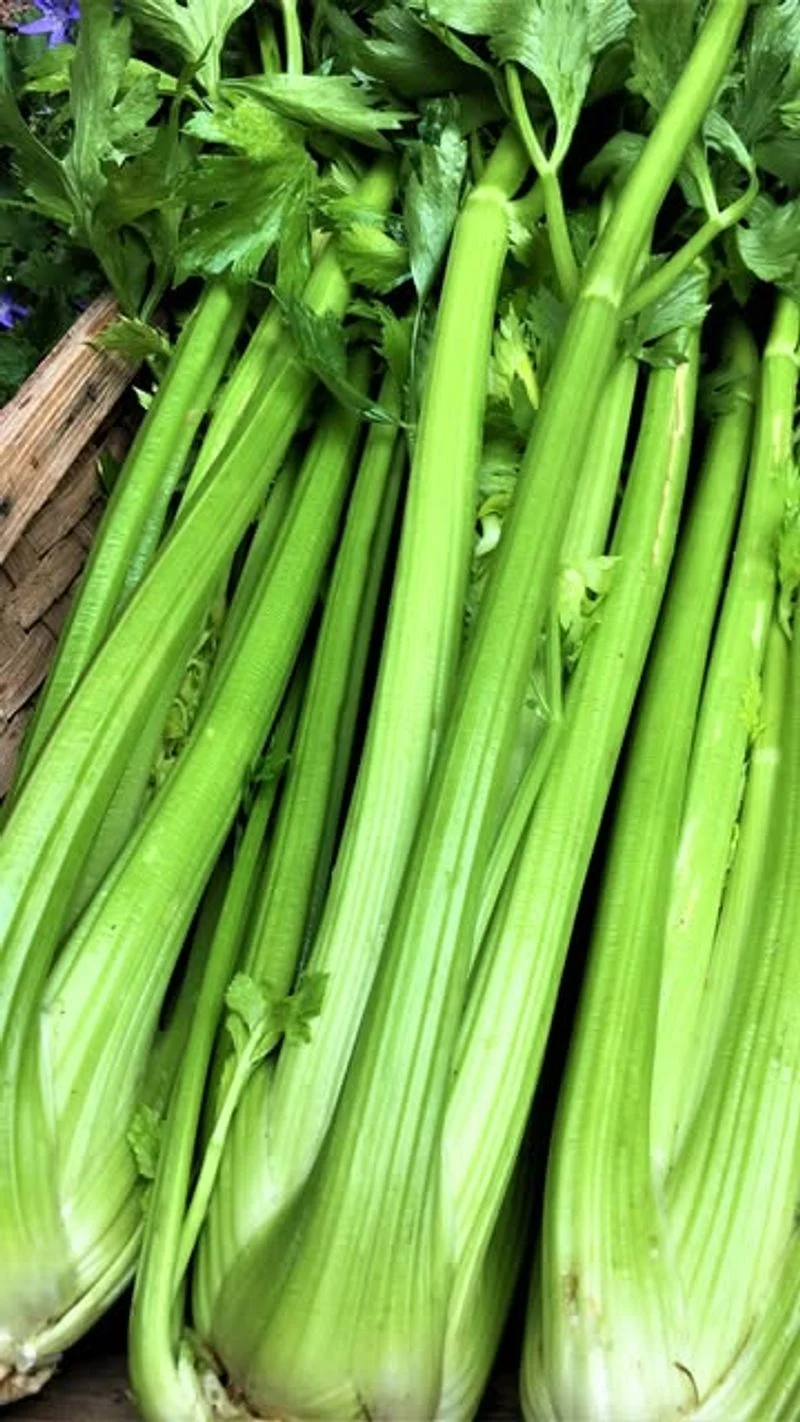
Celery can transform from kitchen cast-off to garden gem with just a little water. Place the base of a celery stalk in a shallow dish of water, and watch it sprout new leaves.
As it grows, the center becomes vibrant and leafy, ready to plant in soil.
This method not only saves money but also brings a sense of accomplishment. Impress your friends with home-grown celery that adds crunch to your salads. A fascinating experiment with rewarding results!
Romaine Lettuce
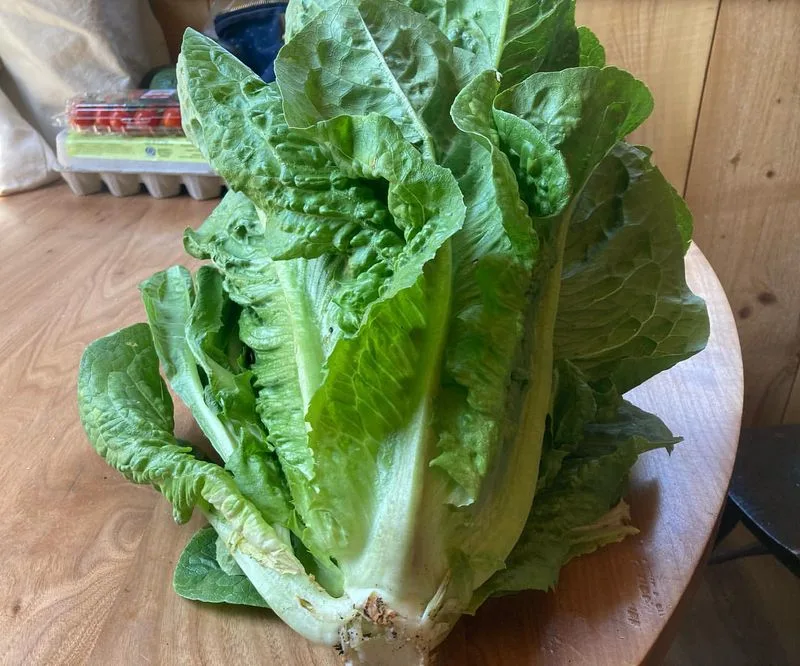
Romaine lettuce can offer a second harvest without much effort. Take the base of a romaine head and place it in a bowl of water. New leaves will begin to sprout in just a few days.
Once it shows significant growth, you can transfer it to soil for a more robust plant.
Enjoy the satisfaction of harvesting fresh romaine for your salads, grown right in your kitchen. This eco-friendly practice reduces waste and brightens your meals. Easy, sustainable, and delicious!
Carrots
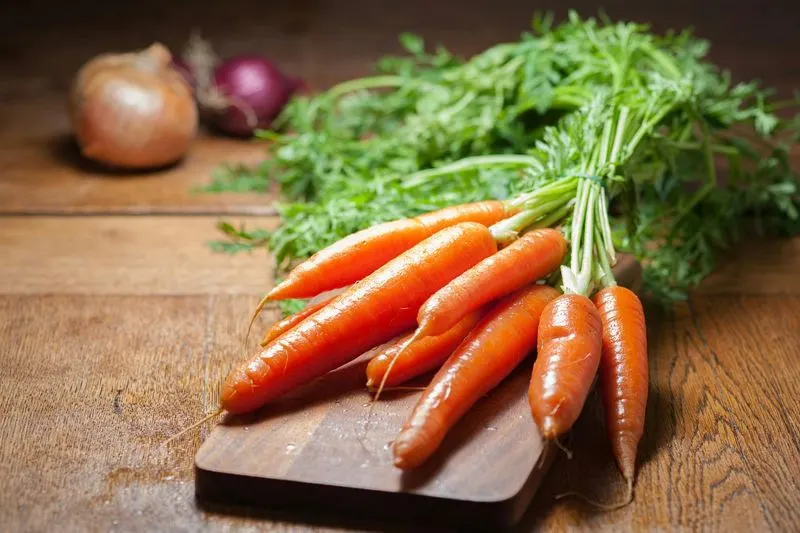
Carrot tops may surprise you as they spring back to life. Place the tops in a shallow dish with water, and watch green leaves emerge. Though you won’t get new carrots, the greens are a delightful addition to soups and salads.
This creative use of scraps offers a fresh twist on a classic vegetable.
Kids love watching the transformation, making it an educational family activity. Discover the unexpected joys of regrowing carrot tops!
Basil
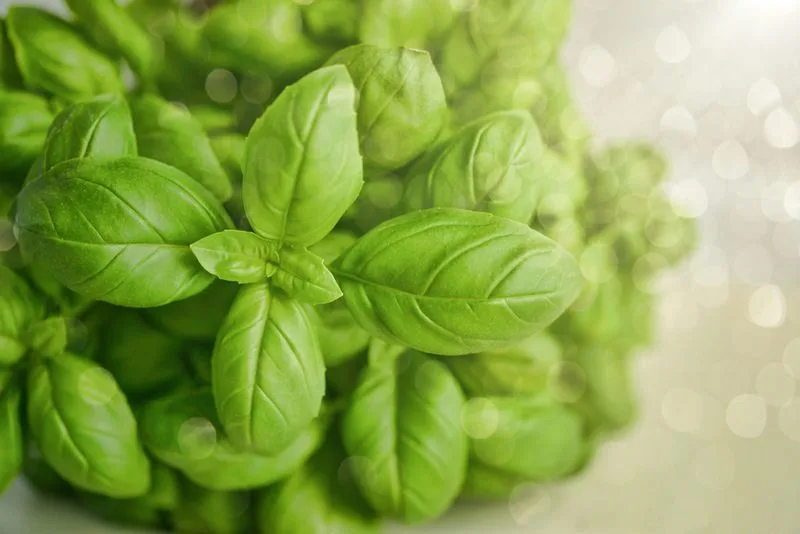
Basil can be regrown from cuttings to provide a continuous herb supply. Place a few sprigs in a glass of water, and roots will soon develop. Once rooted, transfer them to soil for a thriving basil plant.
Enjoy the aromatic leaves in your cooking, elevating dishes with their fresh flavor.
Regrowing basil not only saves money but also ensures you always have fresh herbs at hand. A culinary delight straight from your kitchen!
Potatoes
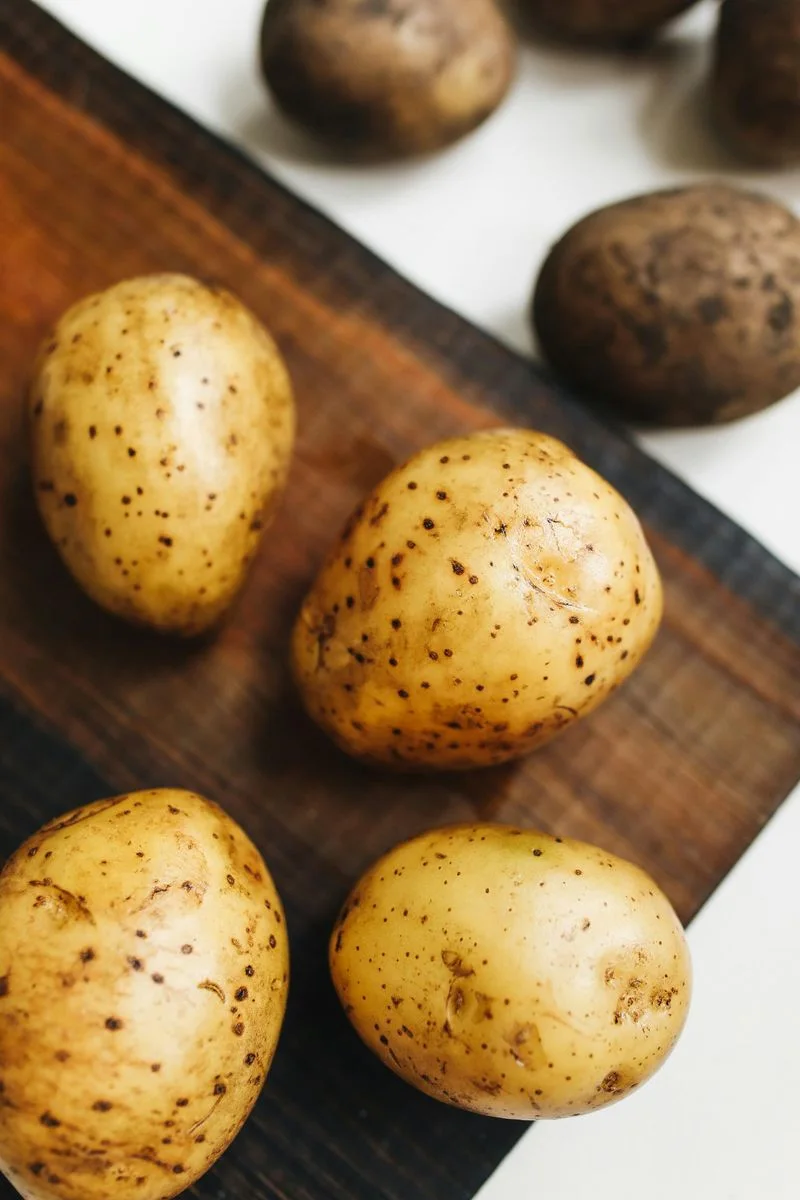
Potatoes can regrow from just a piece with eyes. Cut a potato into sections, ensuring each has an eye, and plant them in soil. New plants will emerge, leading to an abundant potato harvest.
This method is a gardener’s classic, offering a rewarding experience.
Imagine digging up a treasure trove of home-grown potatoes, perfect for your favorite dishes. A simple start with delicious results!
Garlic
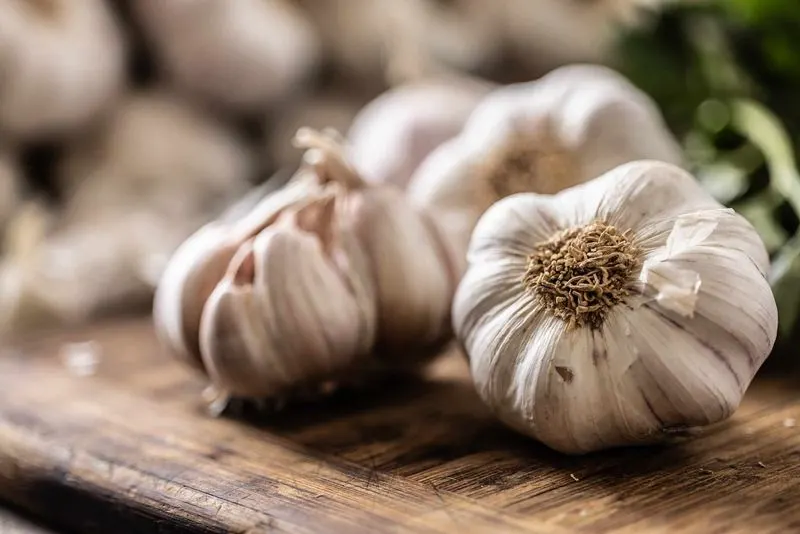
Garlic can be regrown from a single clove. Plant it in soil with the pointed end up, and soon you’ll see green shoots. As the plant matures, you can harvest fresh garlic bulbs and scapes.
This easy method adds robust flavor to your culinary creations.
Home-grown garlic is not only flavorful but also a joy to cultivate. Elevate your kitchen garden with this versatile ingredient!
Ginger
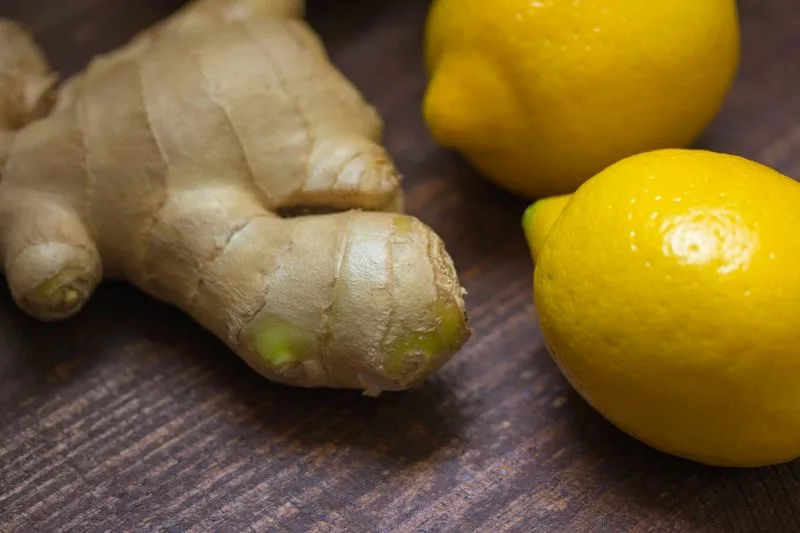
Ginger can sprout from a simple root piece. Plant a ginger root with visible buds in moist soil, and watch it grow. This tropical plant thrives indoors, offering aromatic roots for cooking.
The exotic scent fills your home, enhancing both your garden and cuisine.
Regrowing ginger is a delightful venture into tropical gardening. Spice up your life with this versatile herb!
Pineapple
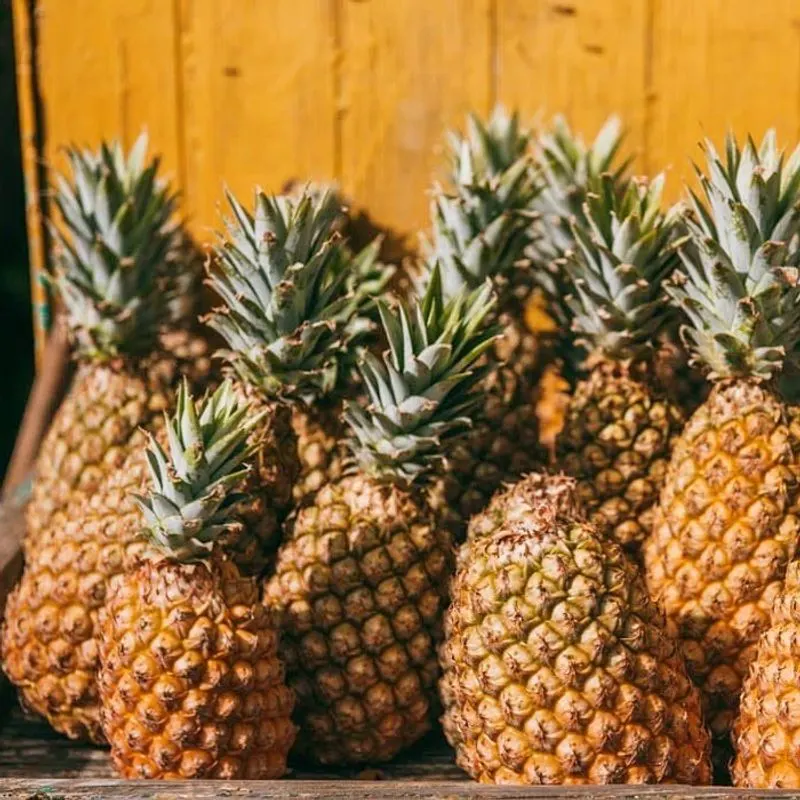
Pineapple tops can regrow into a new plant with patience and care. Remove the green crown and place it in soil, ensuring it’s well-drained. Over time, it will develop into a beautiful ornamental plant.
Though it may take years for fruit, the tropical allure of a pineapple plant is worth the effort.
Bring a touch of the exotic to your home with this fascinating plant. A tropical treasure awaits!
Sweet Potatoes
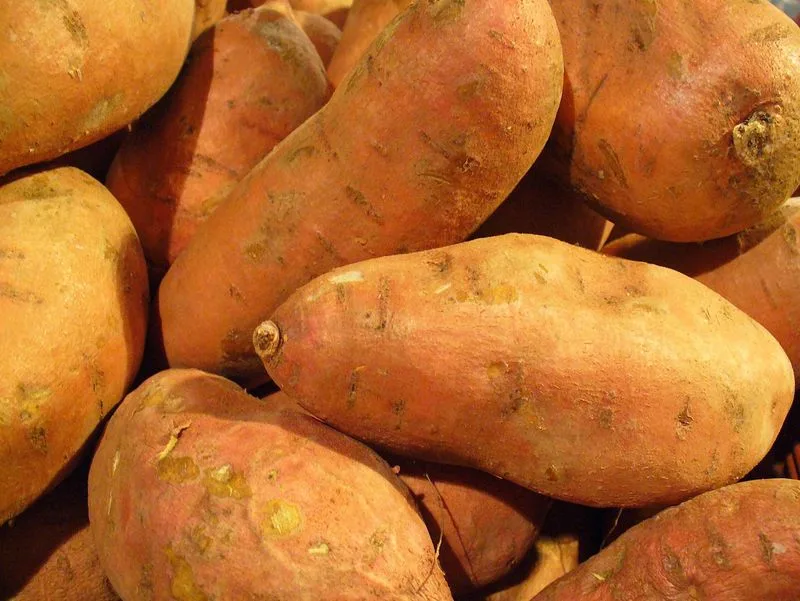
Sweet potatoes can regrow from slips that emerge from the tuber. Place a sweet potato in water, and slips will soon sprout.
These can be planted in soil to grow new sweet potatoes. This method provides a continuous supply of this nutritious staple.
Enjoy the satisfaction of home-grown sweet potatoes, rich in flavor and health benefits. A gardener’s gem!
Tomatoes
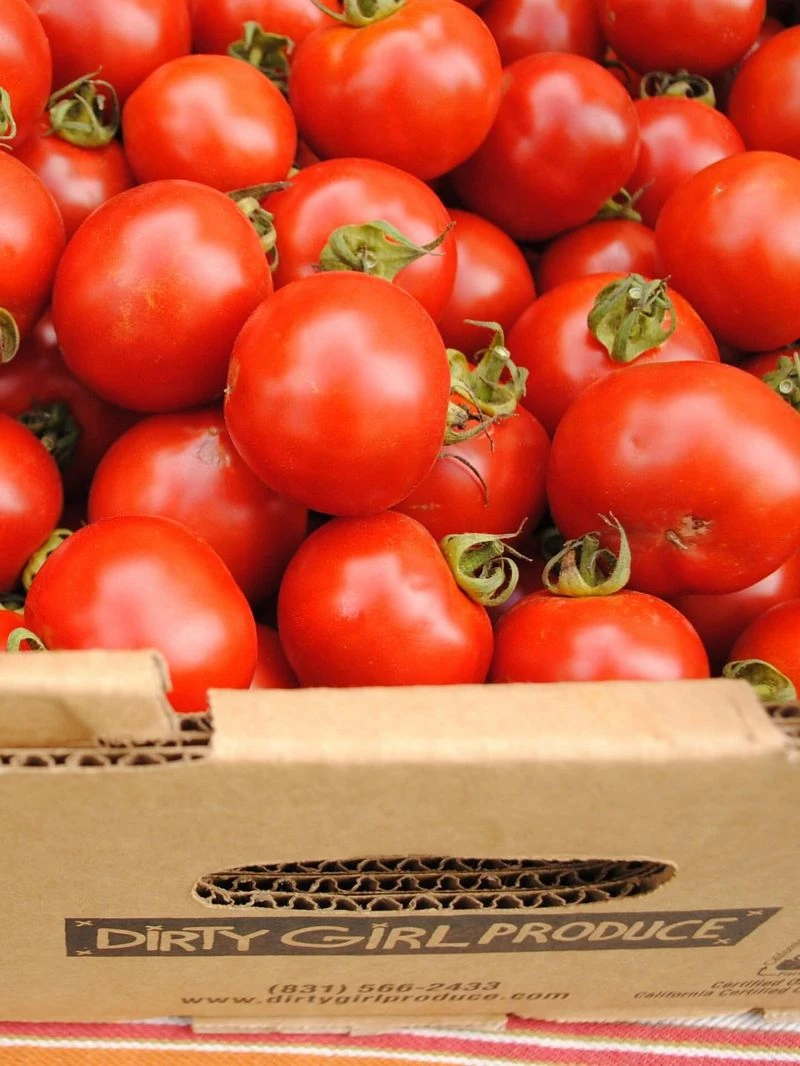
Tomatoes can be regrown from seeds inside the fruit. Plant seeds in soil, and watch them sprout into vibrant plants. This method offers a sustainable way to enjoy a bountiful tomato harvest.
Home-grown tomatoes taste superior, adding richness to your meals.
Cultivating tomatoes from scraps is a gardener’s delight, bringing juicy rewards. An easy start to a productive garden!
Bell Peppers
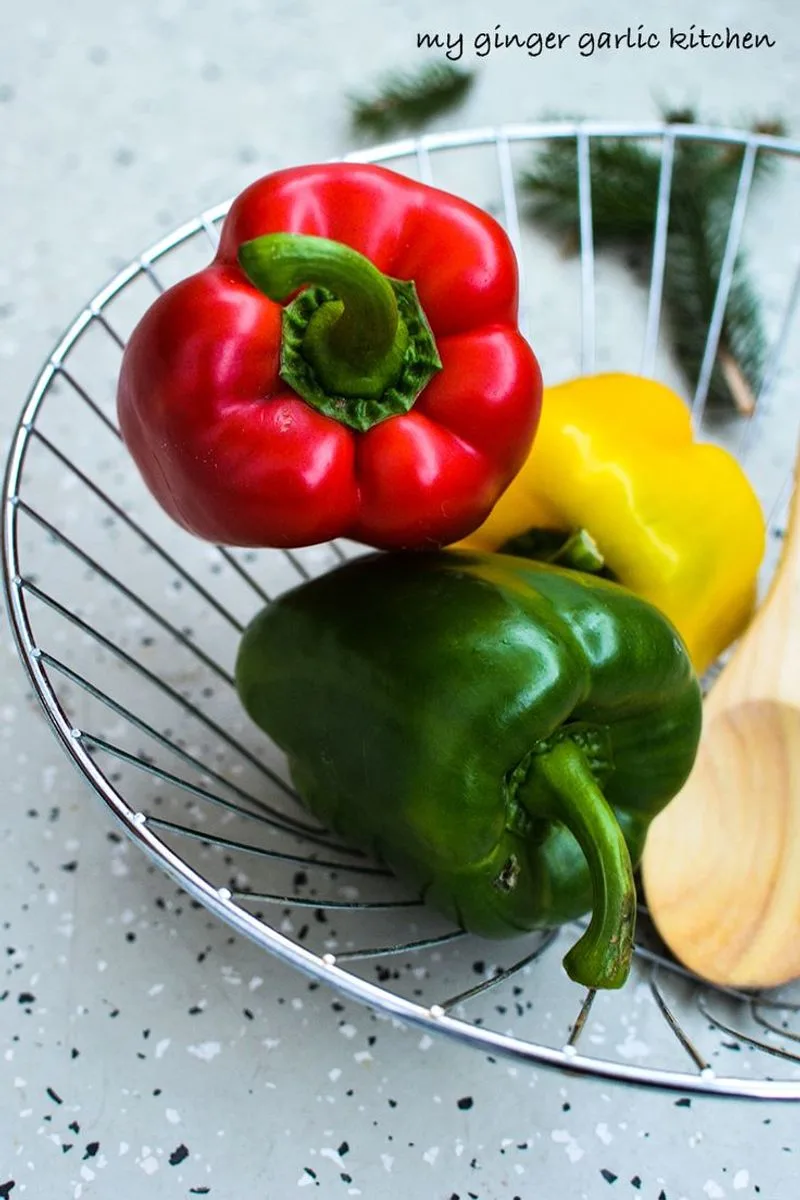
Bell peppers can be grown from the seeds inside the fruit. Plant the seeds in soil, and soon you’ll see new plants emerge.
These colorful vegetables add vibrant taste and nutrition to your dishes.
Regrowing bell peppers is an exciting way to explore gardening, offering a colorful addition to your home. Discover the joy of nurturing these flavorful vegetables!
Mint
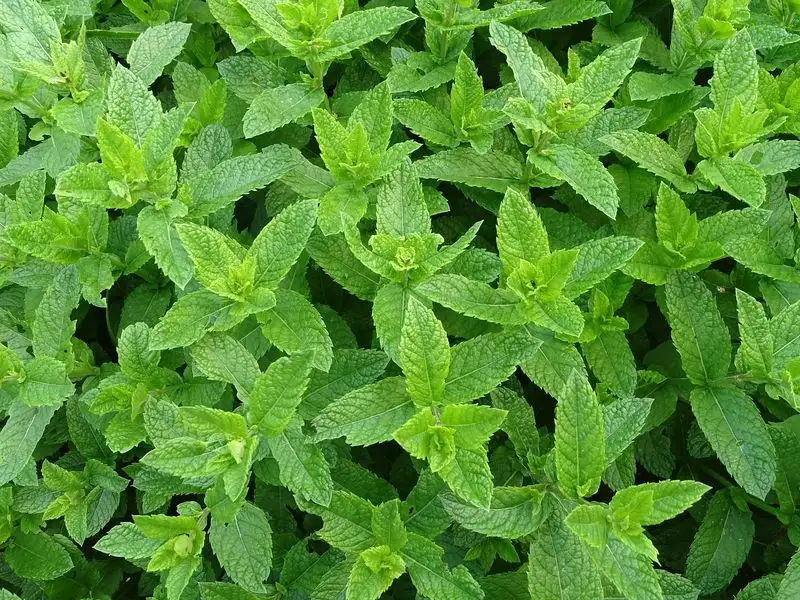
Mint can flourish from just a cutting. Place a sprig in water and watch as roots develop. Transfer it to soil, and you’ll have a robust mint plant.
The aroma fills your garden, enhancing teas and desserts.
Regrowing mint brings endless fresh flavor, perfect for culinary creativity. A fragrant delight for your home garden!
Cilantro
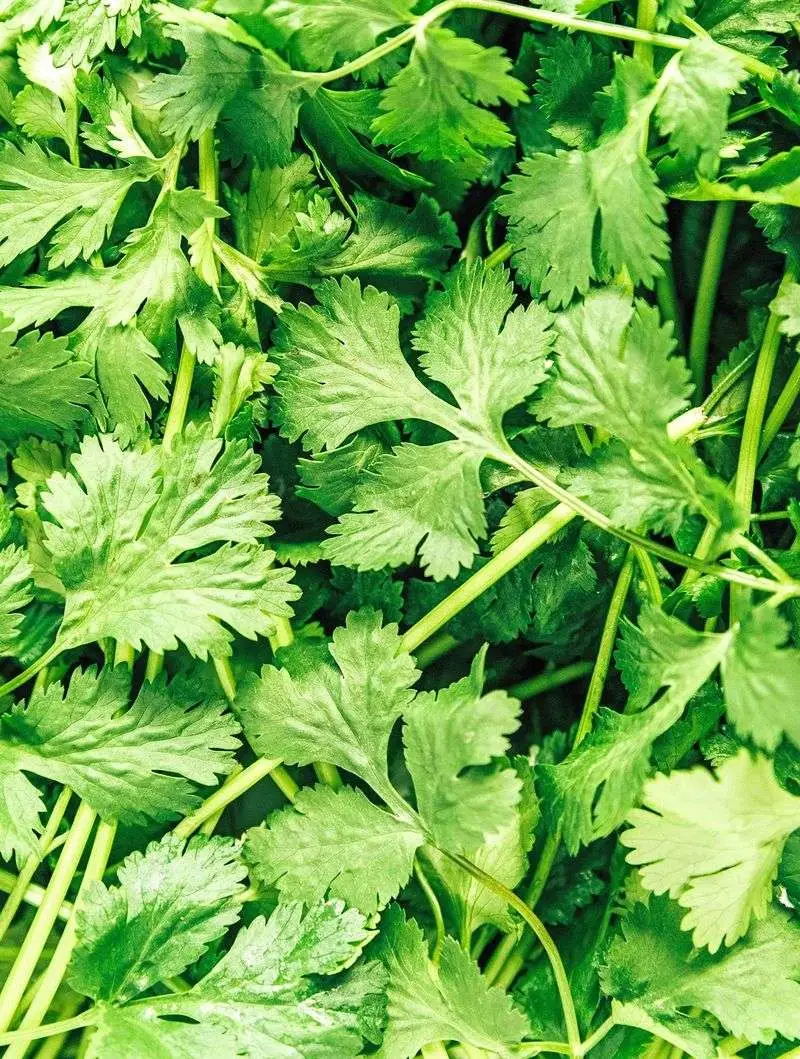
Cilantro can regrow from cuttings, offering fresh herbs when needed. Place stems in water until roots form, then plant in soil.
Enjoy the fragrant leaves in your cooking, enhancing flavors with their unique taste.
Regrowing cilantro provides continuous access to this essential herb, perfect for Mexican and Asian dishes. Add zest to your kitchen creations!
Lemongrass
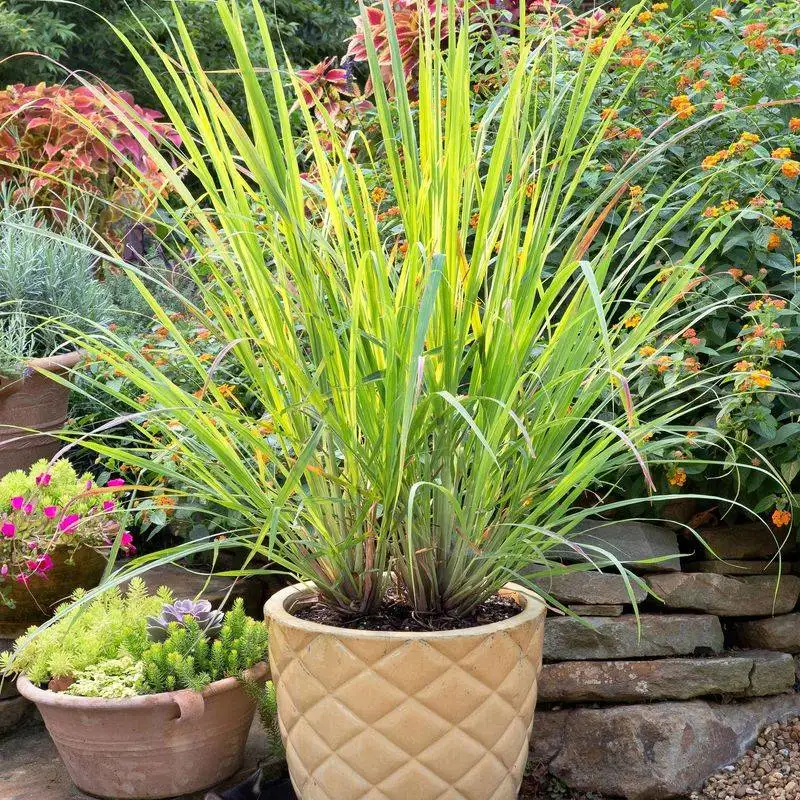
Lemongrass can grow from store-bought stalks. Place the base in water, and roots will develop. Transfer to soil, and watch it thrive.
This herb adds a citrusy note to dishes, perfect for Asian cuisine.
Regrowing lemongrass enriches your home garden with exotic flavors. A delightful addition to your culinary repertoire!
Scallions
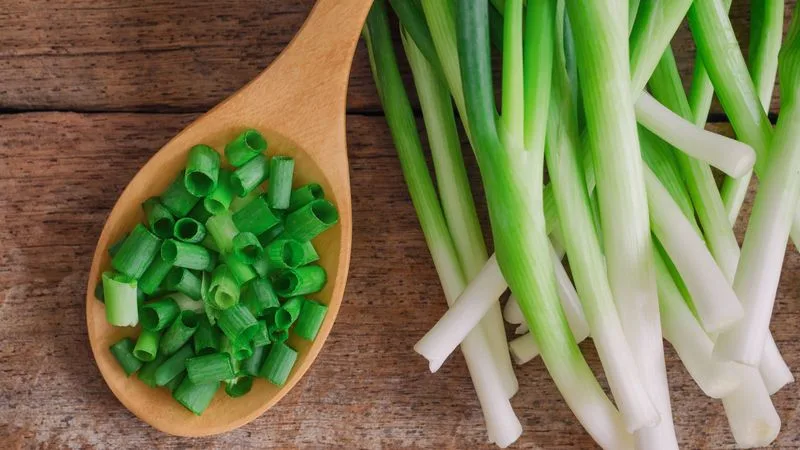
Scallions are easy to regrow by placing the root ends in water. New shoots appear quickly, providing a continuous supply.
These mild onions enhance dishes with their fresh taste.
Regrowing scallions is a simple and rewarding project, perfect for beginners. Enjoy fresh flavor whenever you need it!
Asparagus (Won’t Regrow)
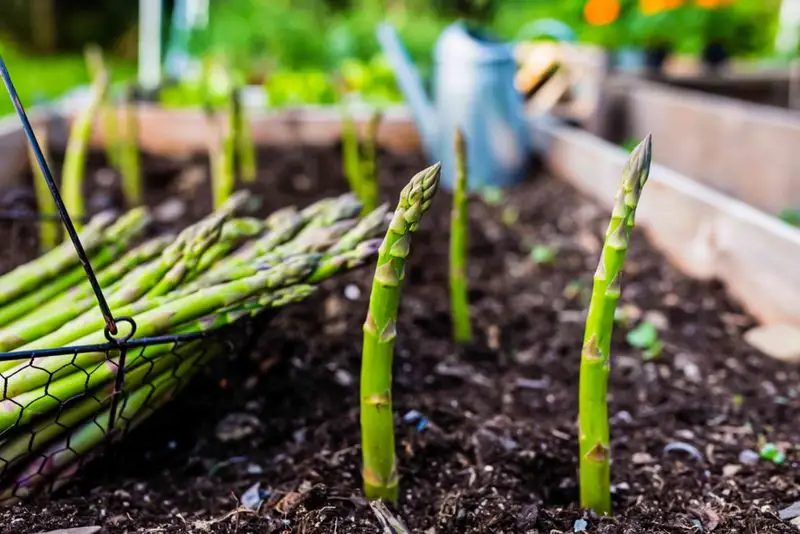
Asparagus, while a beloved vegetable, doesn’t regrow from scraps. Once harvested, the spears are done. This perennial plant requires long-term cultivation from crowns.
Patience is key, as it takes years to establish.
While you can’t regrow it from scraps, investing in a dedicated asparagus bed pays off in the long run. Enjoy its tender taste, knowing it’s worth the effort!
Beets (Won’t Regrow)
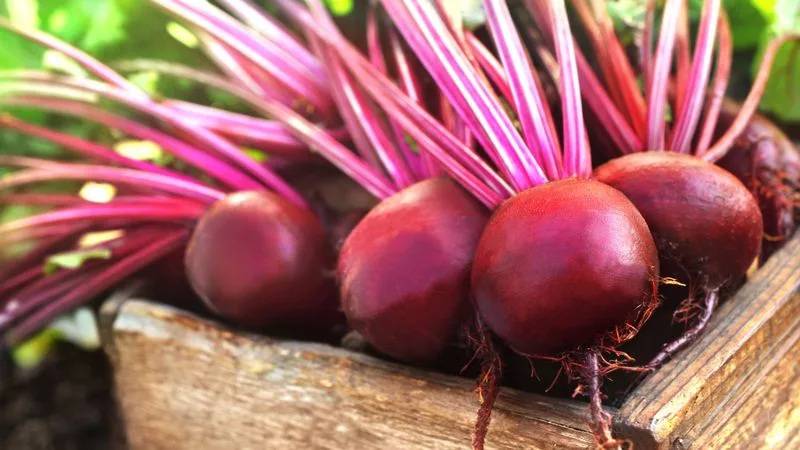
Beets won’t regrow from scraps into a full plant. Although beet greens can regrow, the root itself cannot be regenerated.
This limits the regrowing potential but still offers a way to enjoy fresh greens.
Appreciate beets for their earthy flavor and vibrant color, even if they can’t be regrown fully from scraps. A unique vegetable with its own charm!
Corn (Won’t Regrow)
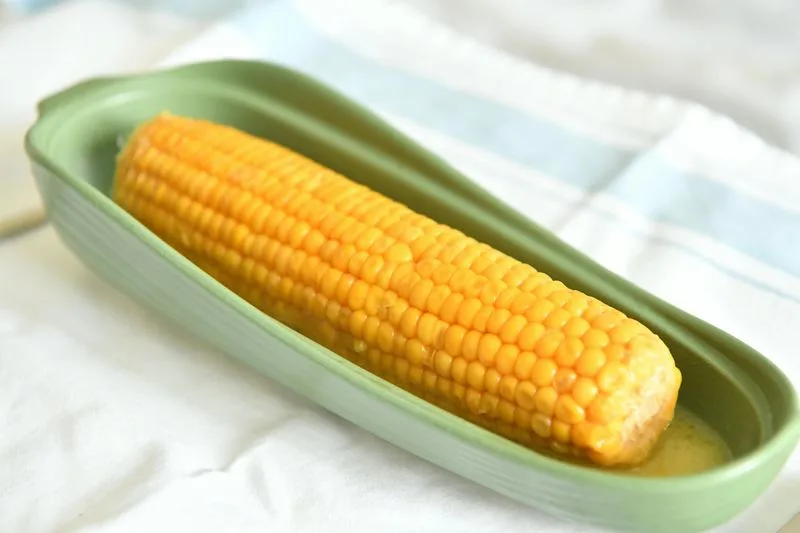
Corn can’t be regrown from a cob. While you can save seeds for planting, the cob itself doesn’t regenerate.
This annual crop requires careful planting and tending for a successful harvest.
Understand corn’s growth cycle to appreciate its agricultural significance. Enjoy fresh corn in season, knowing it’s a one-time treat!
Radishes (Won’t Regrow)
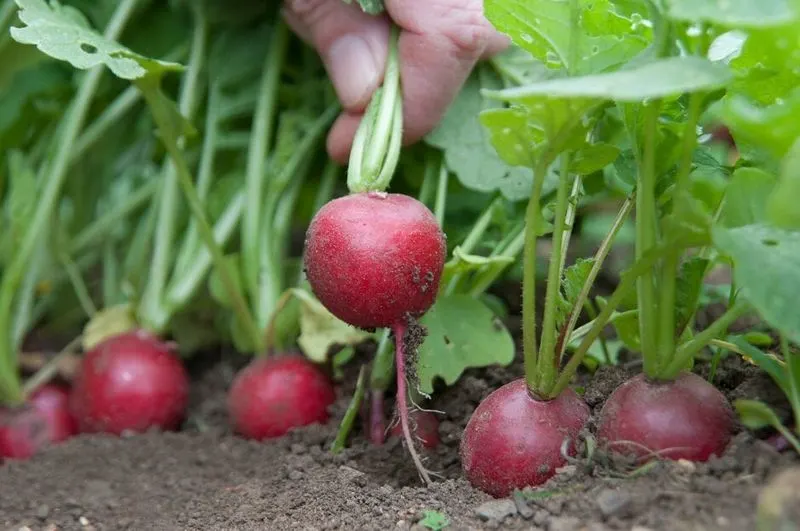
Radishes won’t regrow from scraps, as they are harvested for their roots. While you can regrow greens, the root itself can’t regenerate.
This limitation doesn’t diminish their crisp taste and vibrant color.
Relish radishes for their unique bite, knowing they’re a one-time crop. A small vegetable with big flavor!
Cucumbers (Won’t Regrow)
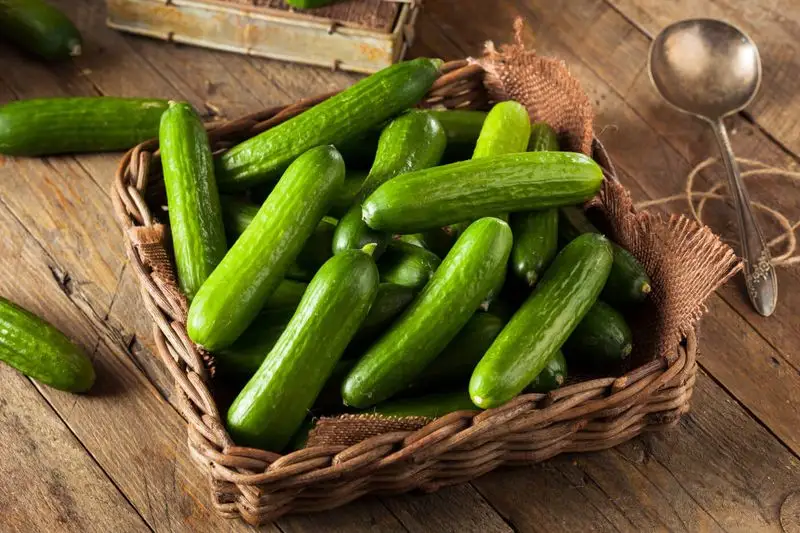
Cucumbers can’t regrow from scraps. While you can collect seeds for planting, the cucumber itself won’t regenerate.
This vining plant requires careful cultivation from seeds.
Enjoy cucumbers for their refreshing taste, understanding their growth process. A crisp delight during warm seasons!
Peas (Won’t Regrow)
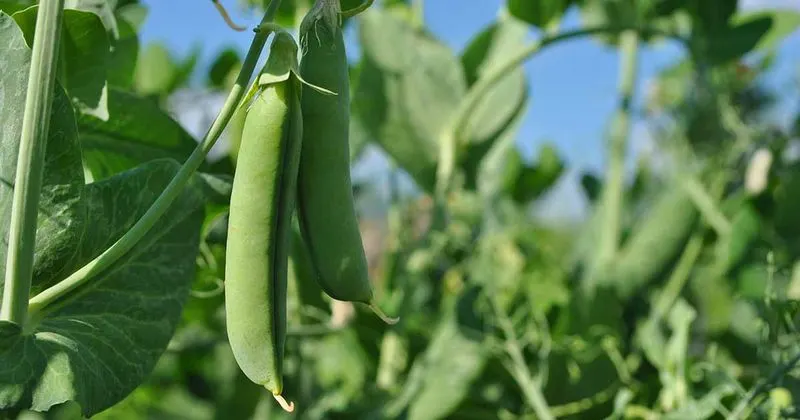
Peas won’t regrow from scraps. Although you can save seeds, the plant itself doesn’t regenerate from pods.
This annual legume needs planting each season for a fruitful crop.
Savor the sweet taste of fresh peas, valuing their growth and harvest cycle. A seasonal favorite with garden charm!

